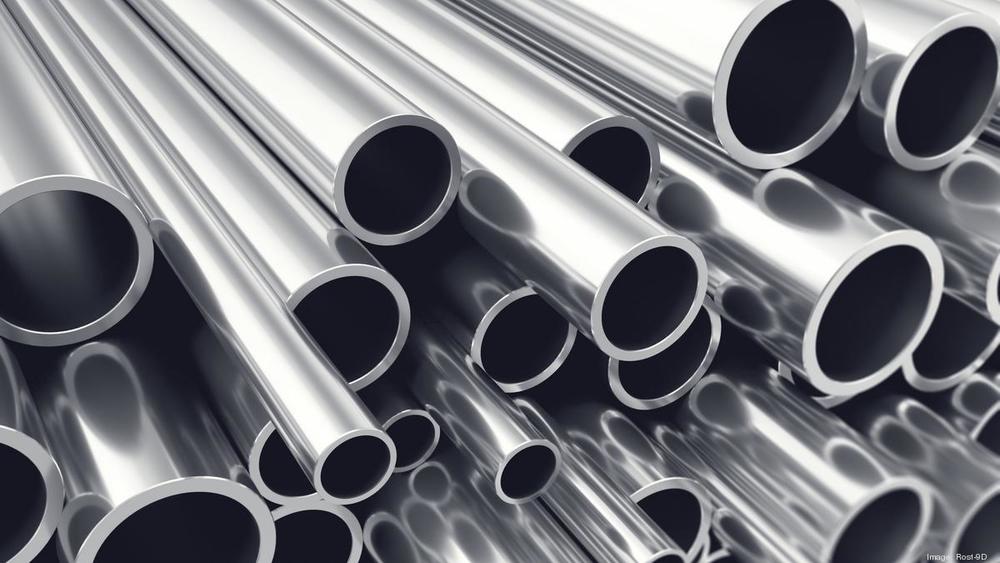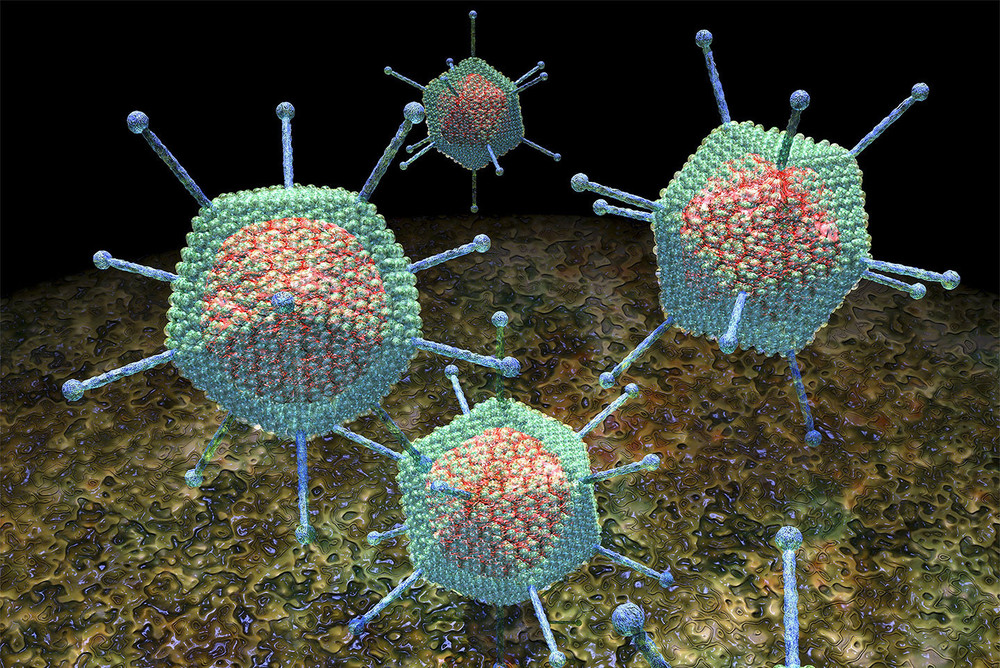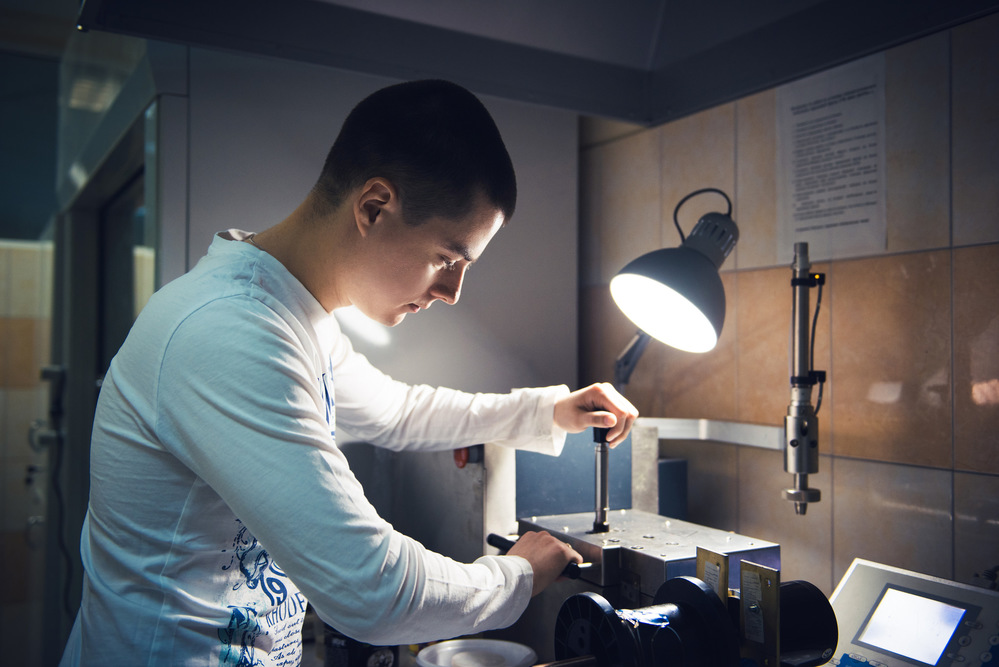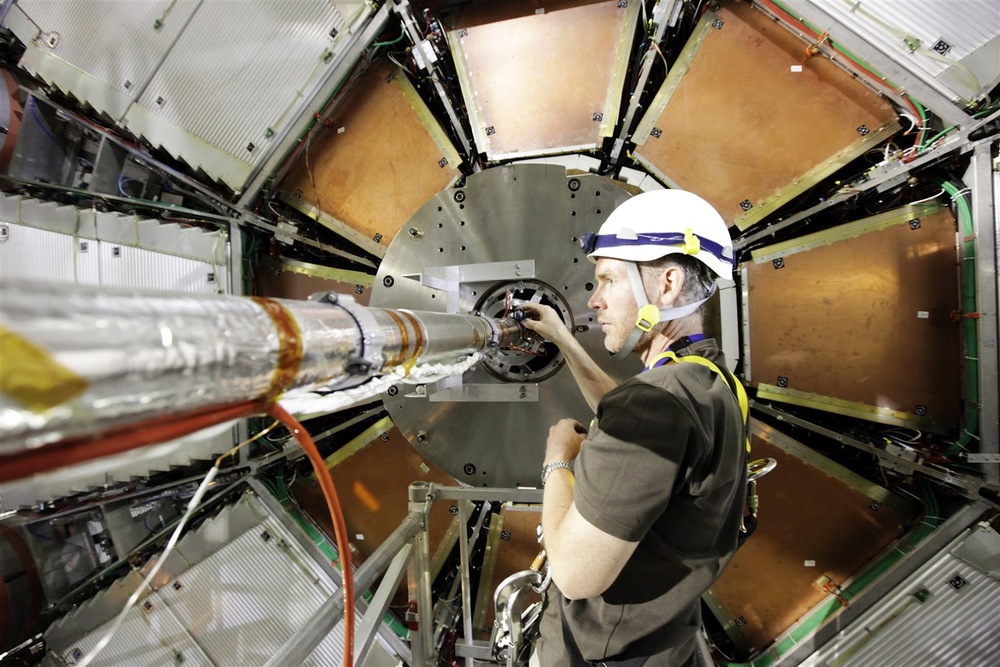OXYGEN VS. NANOCHIP: Scientists Show the Vulnerability of a Promising Two-Dimensional Semiconductor to Air, and Discover New Catalyst
For the first time ever, an international team of scientists from NUST MISIS, the Hungarian Academy of Sciences, the University of Namur (Belgium), and Korea Research Institute for Standards & Science has managed to trace in details the structural changes of two-dimensional molybdenum disulfide under long-term environmental impact. The new data narrows the scope of its potential application in microelectronics and at the same time opens up new prospects for the use of two-dimensional materials as catalysts. The research results have been published in the international scientific journal Nature Chemistry.





